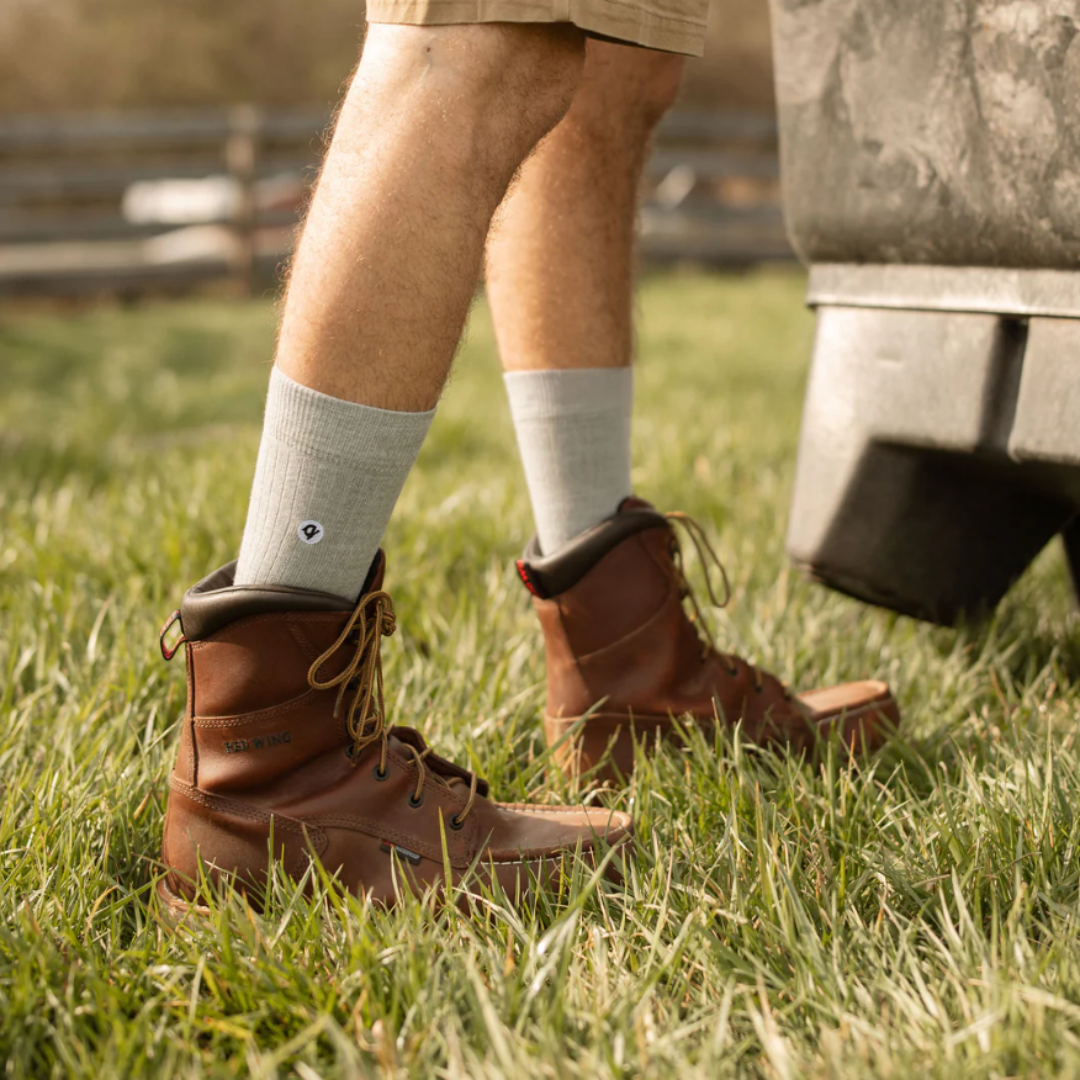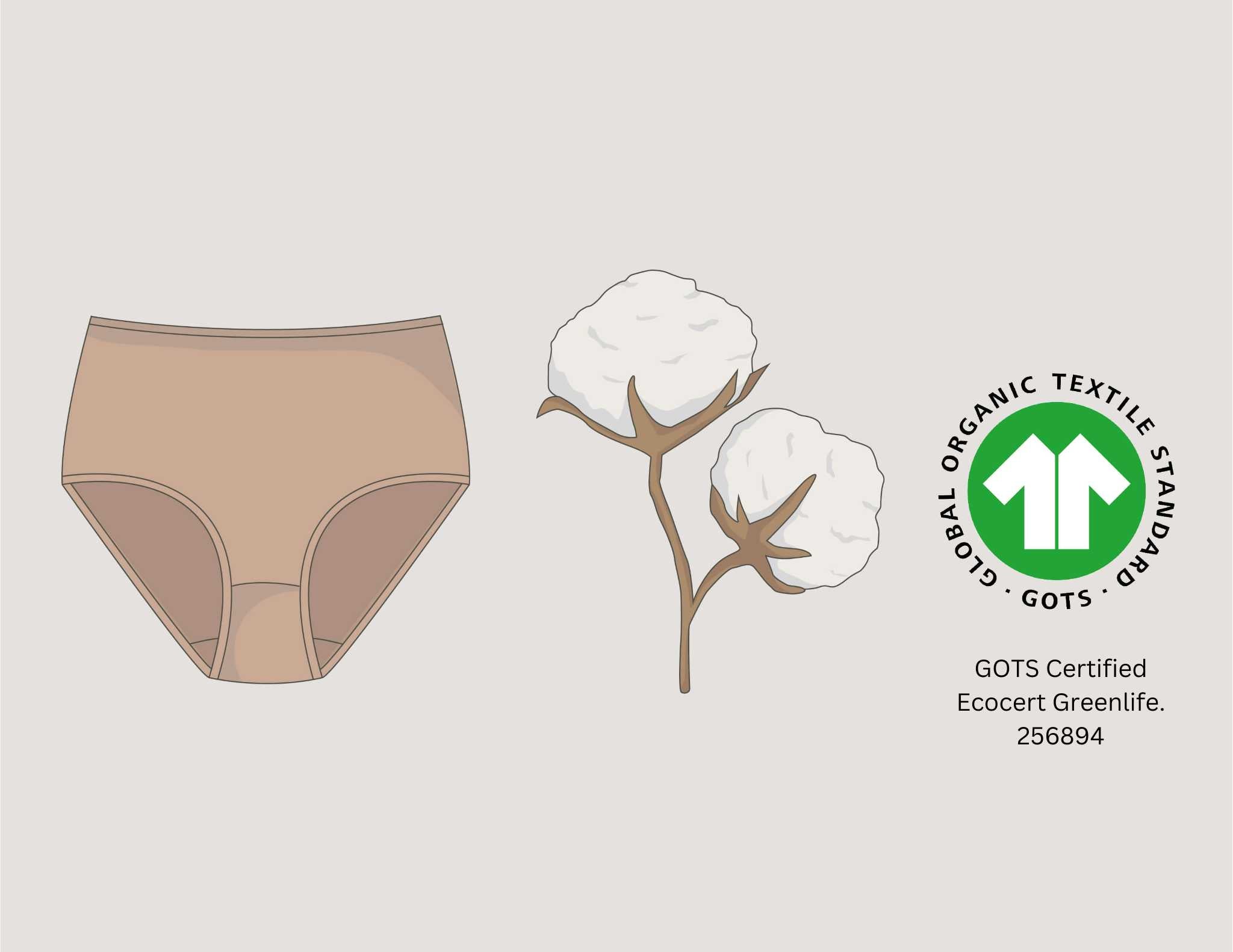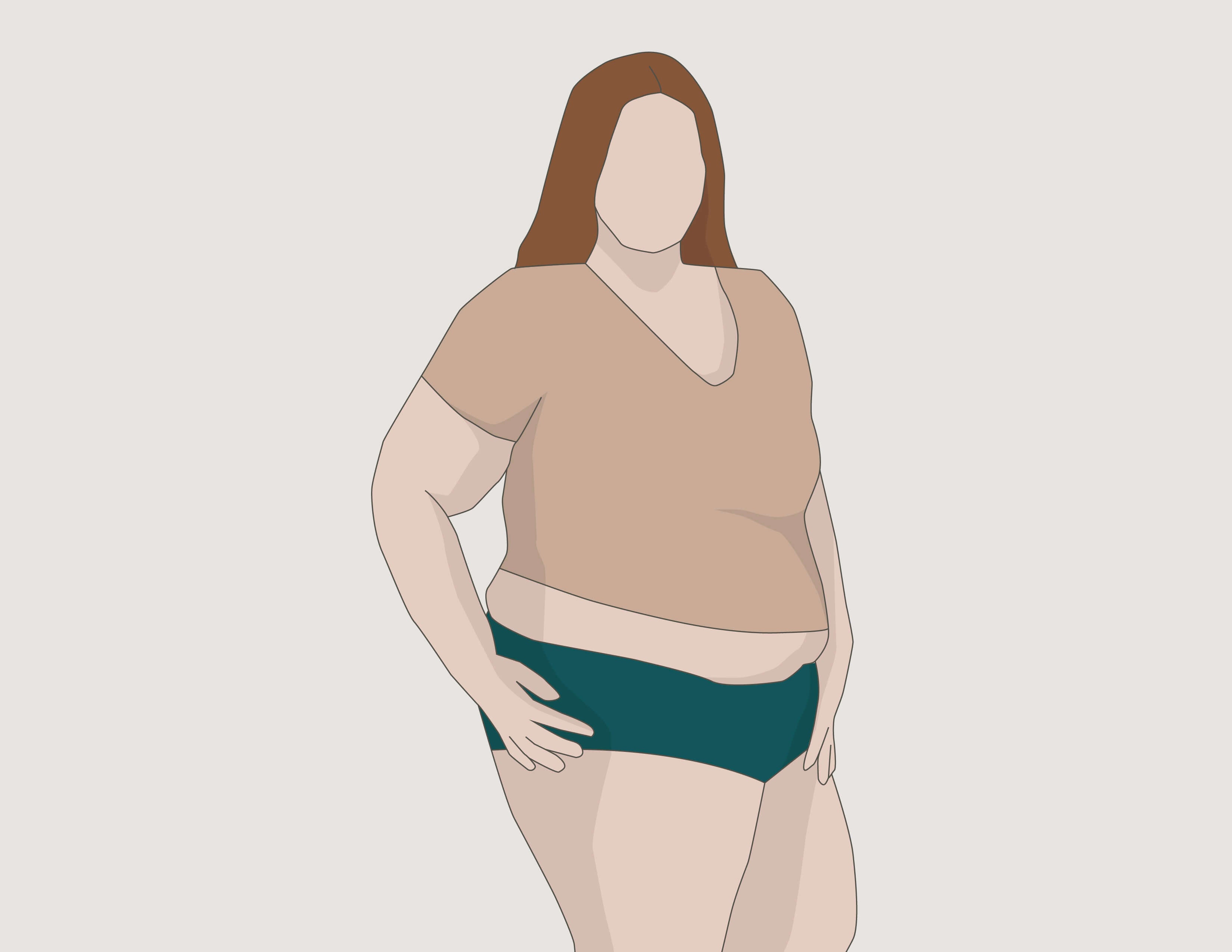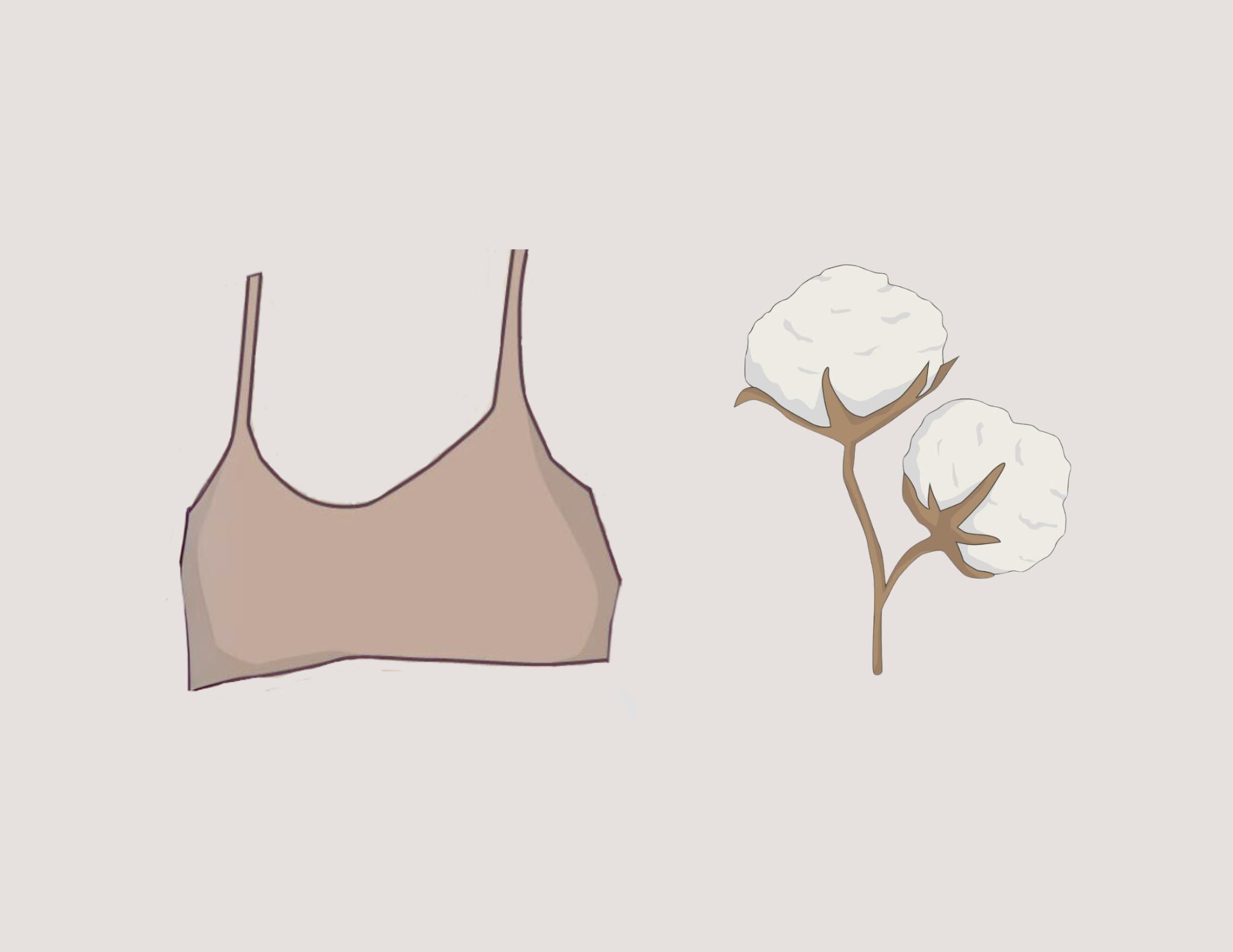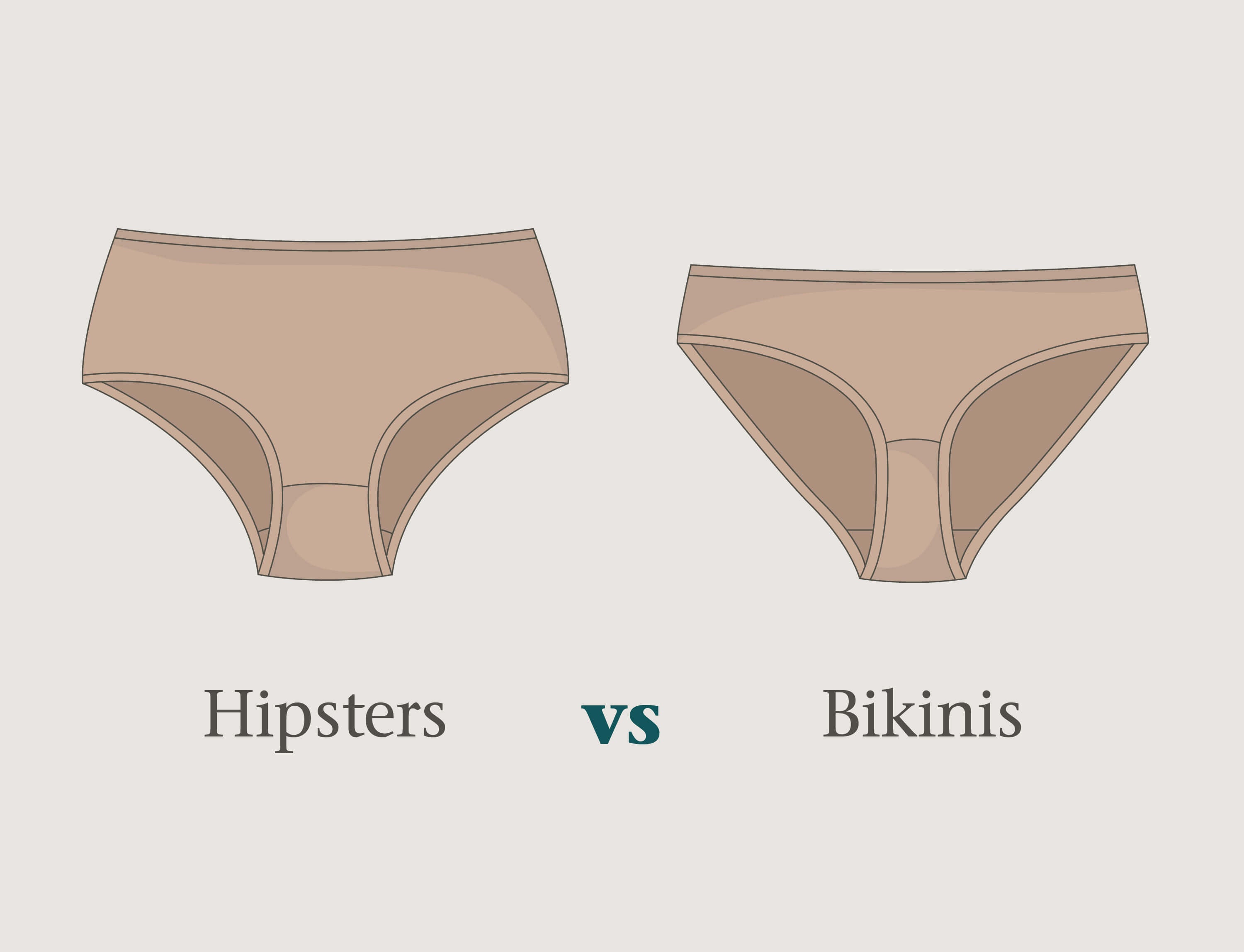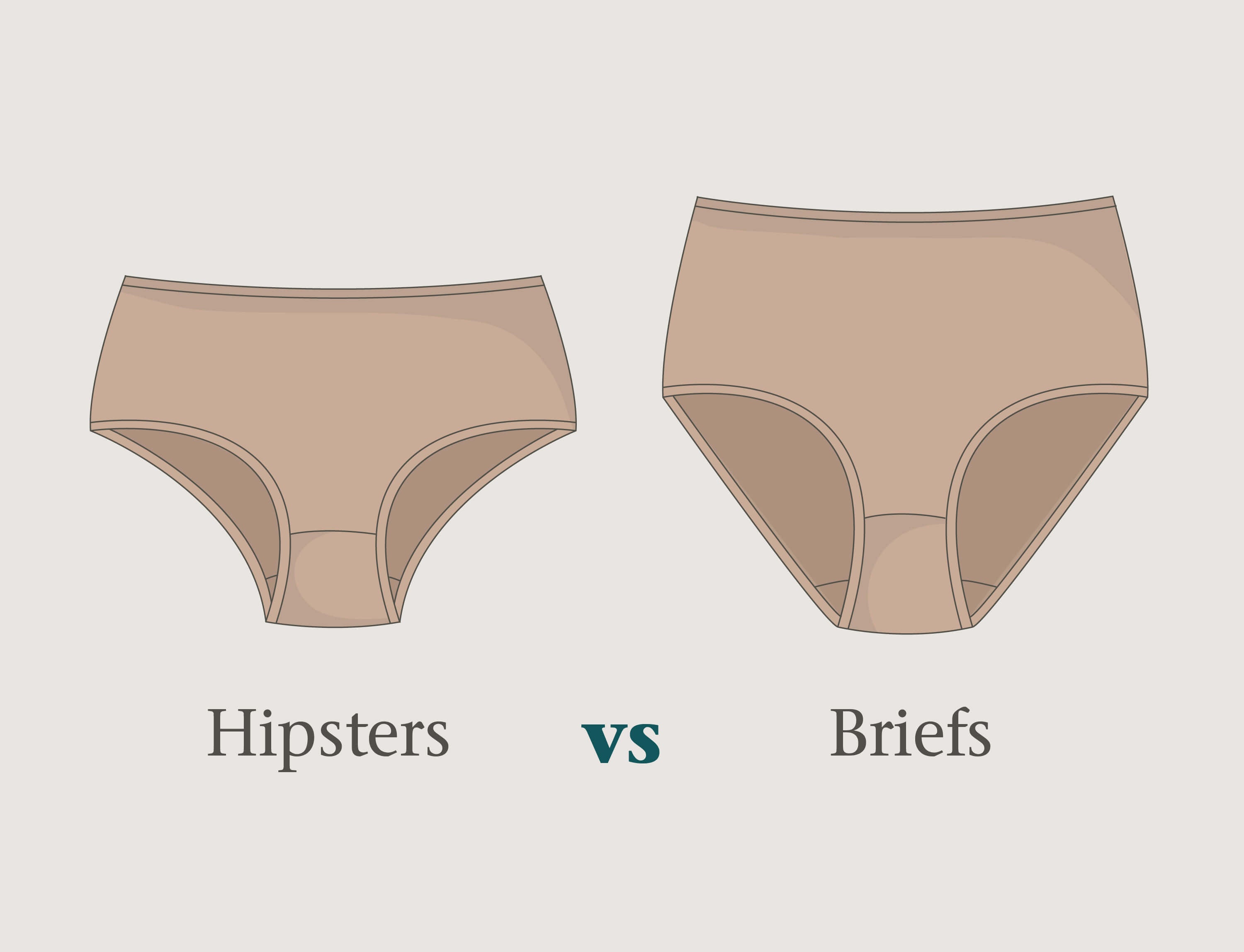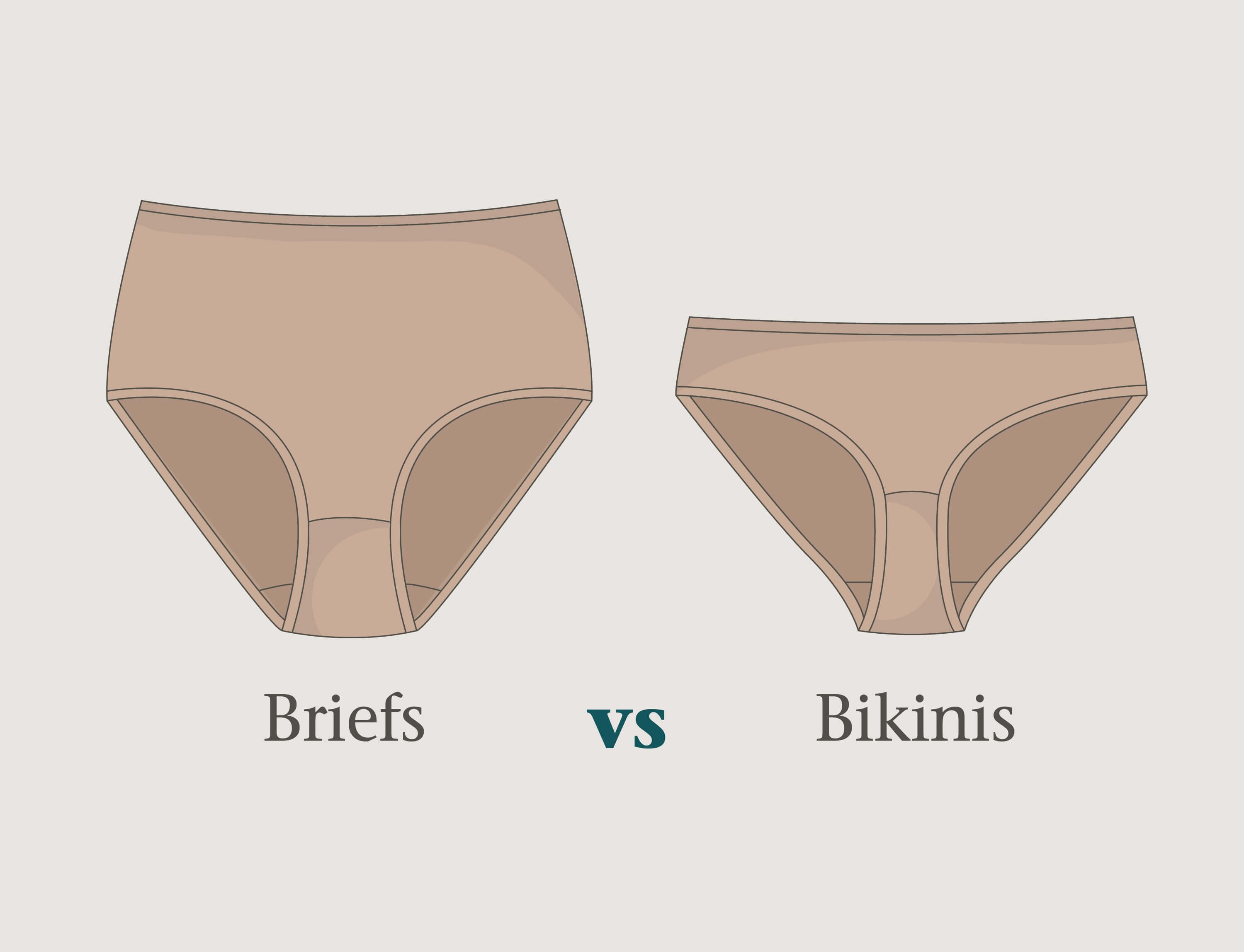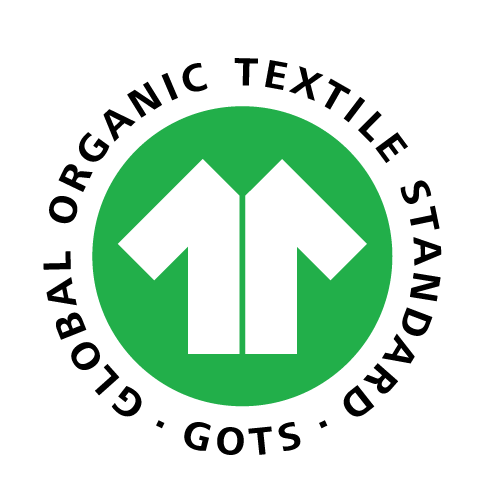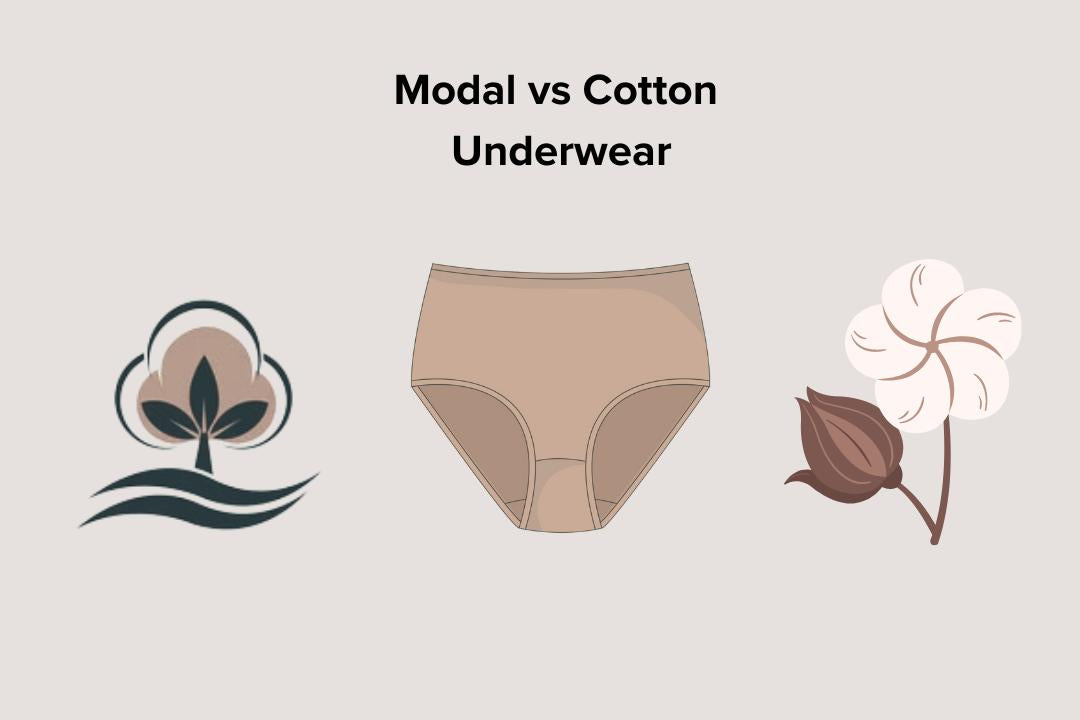
Modal vs Cotton Underwear: Which Fabric Wins?
Choosing the right material for your underwear ensures comfort, health, and happiness. In the debate over modal vs. cotton underwear, each fabric offers distinct advantages and caters to different preferences and needs.
By examining the unique properties, benefits, and potential drawbacks of modal and women’s organic cotton underwear, we’ll provide all the information needed to make an informed choice based on your needs and lifestyle preferences.
The Basics of Cotton Underwear
Cotton underwear is crafted from the natural fibers of the cotton plant, carefully spun into threads, and then woven or knit to create a soft, breathable fabric ideal for daily wear. Known for its hypoallergenic properties, cotton is an excellent choice for those with sensitive skin or allergies. Its production involves minimal chemical processing, preserving its natural qualities and making it gentle on both skin and the environment.
Refined over centuries, cotton cultivation aims to produce fibers that are durable yet gentle to the touch. Cotton's moisture-absorbing and breathable qualities make it exceptionally suitable for underwear, helping to keep the skin dry and cool. Organic cotton vs regular cotton—what’s the difference? Organic cotton is grown without harmful pesticides, making it a cleaner, more skin-friendly choice for everyday wear.
As a plant-based material, cotton is biodegradable, adding an environmentally responsible element to its use in textiles. Additionally, its versatility allows for blending with other fibers, enhancing properties like elasticity and color retention, making cotton underwear a practical choice across various applications.
Top Benefits of Choosing Cotton Underwear
Cotton underwear has long been favored for its comfort and natural properties. In the context of the ongoing modal vs cotton for underwear debate, it's essential to highlight the specific advantages that make cotton an excellent choice for daily wear. Here, we explore the top benefits that continue to make cotton a popular option in the world of underwear:
- Comfort: Cotton's natural softness and breathability make it incredibly comfortable for all-day wear. It allows for ample air circulation, preventing moisture and heat build-up.
- Healthier for Skin: Cotton is naturally hypoallergenic, reducing the risk of skin irritation and allergic reactions. Its breathability also means it's less likely to harbor bacteria than less breathable fabrics.
- Environmentally Friendly: Cotton is biodegradable and comes from a renewable resource. The shift towards organic cotton has minimized the environmental impact, reducing pesticide use and promoting sustainability.
- Versatility: Cotton's versatility is evident in its ability to be woven into various weights and textures, which can be tailored into different types of underwear to suit diverse climates and preferences.
- Affordability: Cotton is generally more cost-effective than many synthetic alternatives, making it accessible to a broader range of consumers.
At Q for Quinn, we prioritize natural materials for the best comfort and sustainability. Our collection includes women’s cotton underwear and 100% cotton underwear for women, ensuring you have access to high-quality, eco-friendly options.
The Basics of Modal Underwear
Modal underwear, often highlighted in discussions about whether "is modal better than cotton," is crafted from modal fabric—a semi-synthetic type of rayon derived from the cellulose of beech trees. This material combines the benefits of natural fibers with advanced textile technology to produce a fabric that is not only soft, stretchy, absorbent but also shrink-resistant. Its silky texture and impressive durability make Modal a standout choice among synthetic fabrics.
The production process for modal is more eco-friendly than many traditional synthetics, using less water and energy and often sourcing cellulose from sustainably managed forests. This makes modal an appealing option for environmentally conscious consumers. Additionally, after repeated washes, the modal maintains its softness and color, offering long-lasting comfort and making it ideal for everyday underwear. Its hypoallergenic properties also make it suitable for sensitive skin, enhancing its desirability.
Top Benefits of Choosing Modal Underwear
In discussing modal fabric vs cotton underwear, each type offers specific benefits suited to different needs and preferences. Modal underwear is particularly favored for its several advantages:
- Thermal Regulation: Modal fabric can regulate temperature, making it comfortable to wear in warm and cool climates. Its fibers adapt to environmental conditions, providing insulation when it’s cool and breathability when it’s hot.
- Ideal for Active Lifestyles: The modal is perfect for sportswear and active lifestyles thanks to its moisture-wicking properties. It keeps moisture from the skin, ensuring you stay dry and comfortable during intense activities.
- Durable: Modal is highly durable and maintains its shape and softness after repeated washing. This resilience makes it an excellent investment for everyday underwear, standing up to the demands of regular use without losing its appeal.
Modal vs Cotton Underwear: A Side-by-Side Overview
When considering is modal underwear better than cotton, it's important to evaluate various factors such as comfort, usability, and sustainability. Below, we provide a side-by-side comparison of modal and cotton in key areas to help you make an informed decision:
Material Origin
- Cotton: Cotton is a purely natural fiber harvested from the cotton plant, making it completely organic and less reliant on chemical processes.
- Modal: Modal is a semi-synthetic fiber produced from the cellulose of beech trees, which involves a chemical process to regenerate the cellulose into a fiber.
Softness
- Cotton: While naturally soft, cotton has a more traditional feel that lacks the silk-like texture of modal but is still gentle on the skin.
- Modal: Known for its exceptional softness and smooth feel, it offers a more luxurious touch than many fabrics.
Breathability
Exploring modal vs cotton breathability, it's important to compare how each material handles airflow and moisture management:
- Cotton: Cotton is often considered the most breathable underwear material, particularly in lighter weaves. This natural fiber allows for excellent air circulation and moisture wicking, making it a top choice for comfort and freshness in various settings.
- Modal: When discussing "is modal breathable like cotton," it's important to note that modal's structure allows it to be highly breathable and effective at wicking moisture away from the body. This makes it ideal for warmer climates and active situations, ensuring comfort and dryness by promoting air circulation like cotton.
Eco-friendliness
- Cotton: Cotton's environmental impact can vary significantly; 100% organic cotton women’s underwear is more sustainable, while traditional cotton farming can be resource-intensive.
- Modal: The production of modal is generally considered eco-friendly due to the efficient use of energy and resources, though it depends on the specific practices of the manufacturer.
Cost-effectiveness
- Cotton: Cotton is typically more affordable and widely available, making it a cost-effective choice for many consumers.
- Modal: Generally, modal is more expensive due to its production costs and the technology involved in creating this fabric.
Moisture Wicking
- Modal: Excellent at managing moisture, modal is often preferred for sports and other high-exertion activities due to its ability to keep the wearer dry and comfortable.
- Cotton: While it absorbs moisture well, cotton does not wick it away as efficiently as modal, which can lead to a feeling of dampness in very active or hot conditions.
This comparison clearly outlines the differences between modal and cotton underwear, assisting you in choosing the material that best suits your preferences and lifestyle.
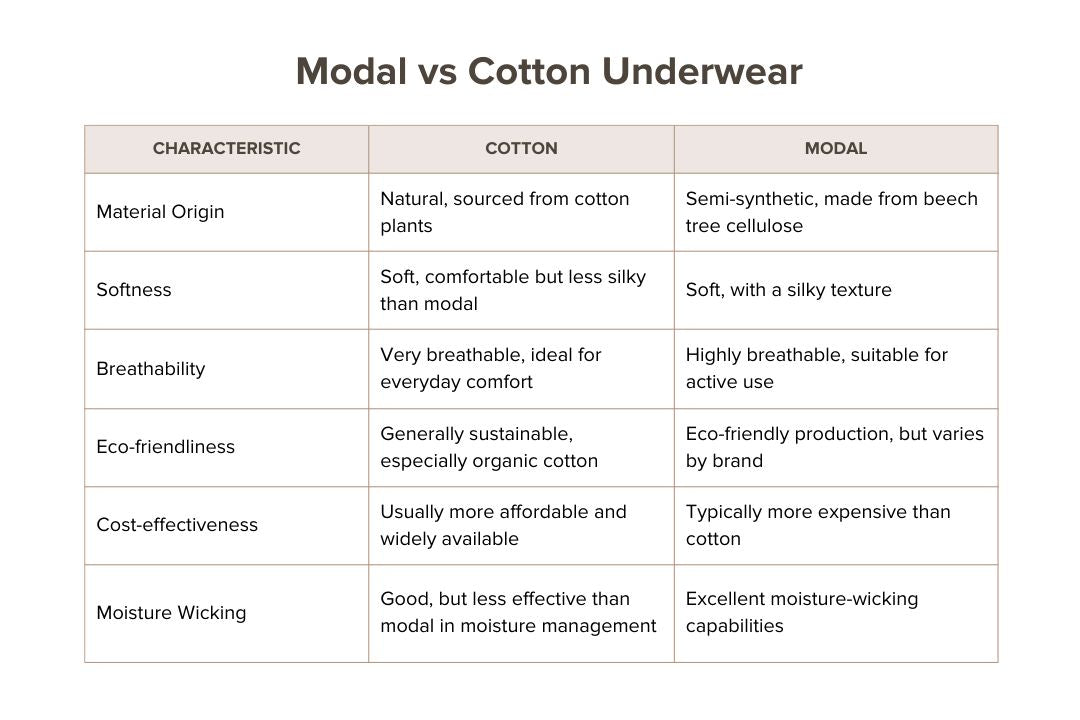
Top Reasons to Pick Q for Quinn for Your Underwear Needs
Choosing the right underwear can significantly impact your daily comfort and health. Q for Quinn stands out with its commitment to quality, style, and sustainability. Here are the top reasons why Q for Quinn is the go-to choice for those seeking the best in underwear:
- Quality Materials: Q for Quinn uses only the finest organic cotton, ensuring each piece is soft, comfortable, and durable.
- Eco-Friendly Practices: Committed to sustainability, Q for Quinn utilizes environmentally responsible production methods.
- Skin-Friendly: Our underwear for sensitive skin is hypoallergenic and free from harmful chemicals, making it ideal for all skin types, especially those with sensitive skin.
- Stylish Designs: Offers a range of modern, attractive styles that don’t compromise comfort.
- Supportive Fit: Engineered for a snug fit that moves with you, providing support without restricting freedom.
Final Thoughts
In the final analysis of modal vs. cotton underwear, cotton is the preferred choice for many due to its natural comfort, breathability, and environmental sustainability. When considering where to purchase quality cotton underwear, Q for Quinn stands out for its dedication to using only the finest organic materials, ensuring comfort and style without compromising eco-friendliness. Opting for Q for Quinn's cotton underwear guarantees superior comfort and environmental responsibility, making it an ideal choice for discerning consumers.





